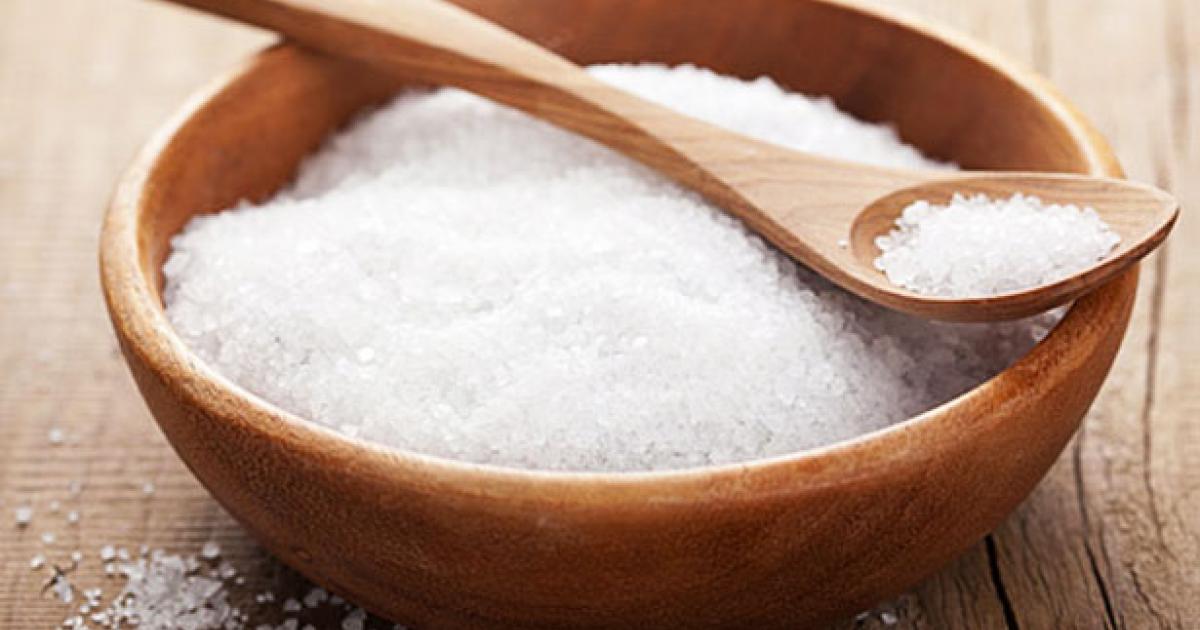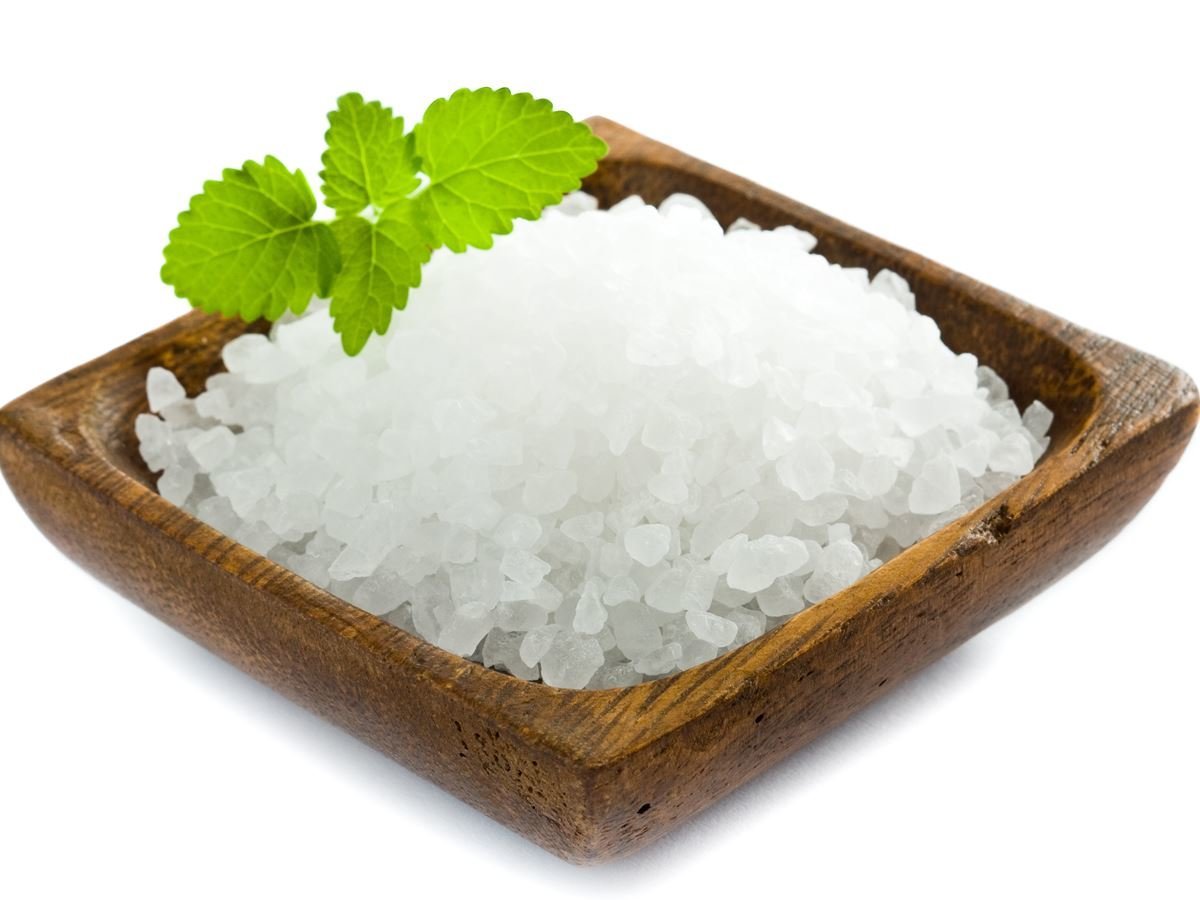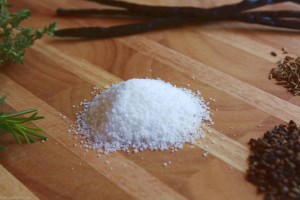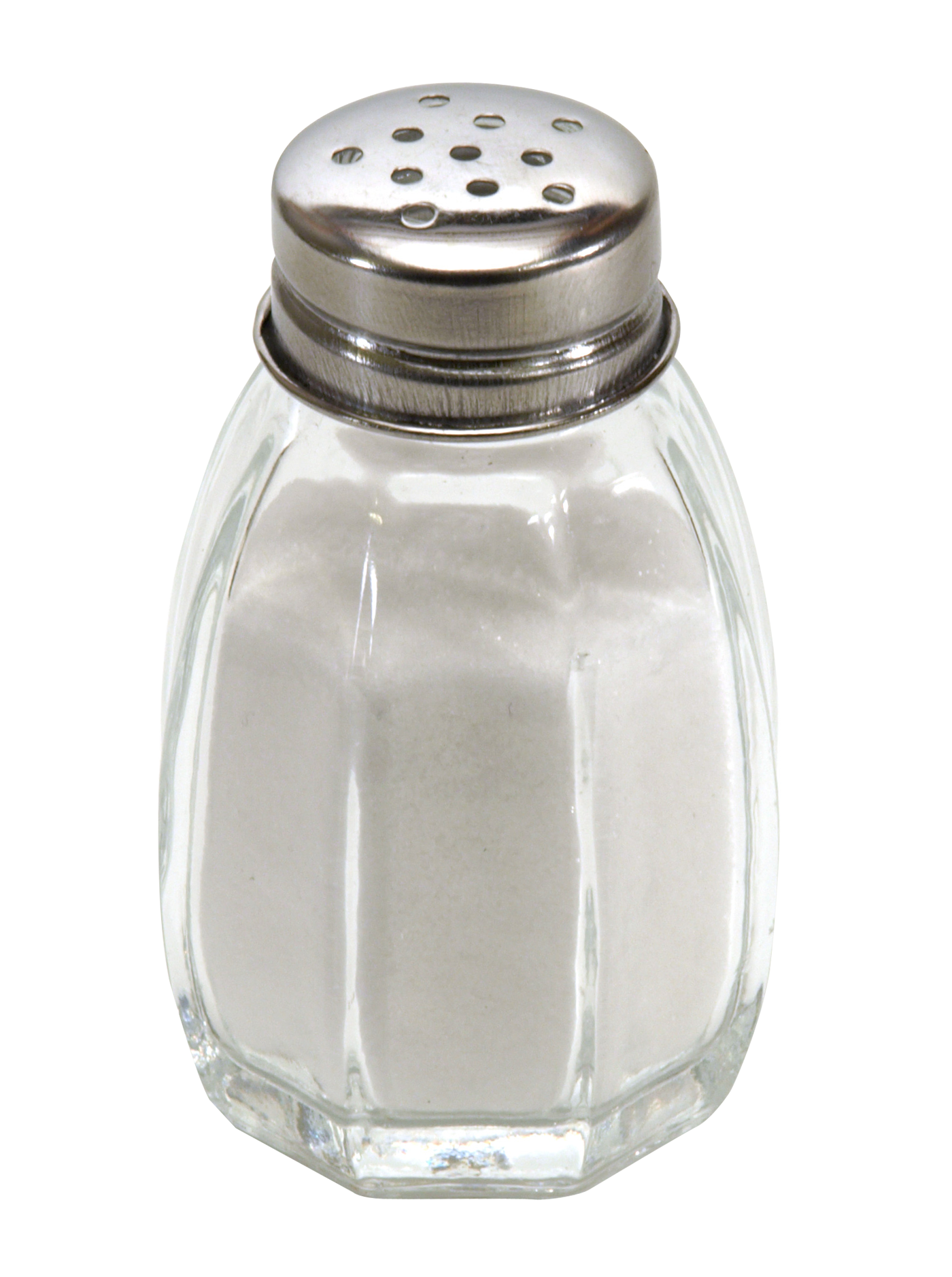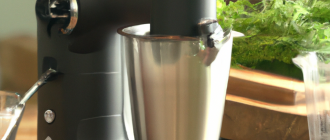Non iodized salt has many uses that range from cooking to canning. Below are some of the more common uses for non iodized salt:
- Pickling and canning
- Kosher cooking
- Low iodine diets (thyroid cancer)
- Allergy to iodine
- Flavor (iodine can introduce a bitter taste to some people)
For pickling and canning, most people prefer to use “pickling” salt which is just regular salt that has no iodine content. The reason for this is that when put into contact with the food and other items the iodine can become oxidized through a chemical reaction that results in a darker color on the food. The color change has no harmful side effects, it is purely a matter of preference – most people prefer to keep the original color of the food as much as possible.
As covered previously, Kosher salt is salt that has no iodine content. It is used for many purposes but care needs to be taken if you are looking for salt for an actual Kosher diet. Naming conventions vary and you might accidently get salt that was meant for meat curing, “koshering” salt, instead of Kosher salt.
Another interesting use for Kosher salt is in getting rid of stains. You probably don’t want to try this on clothing, but it can be helpful for things like cutting boards. For example, if you have a stained wooden cutting board you can try moistening the area with a small amount of water and then placing Kosher salt over the area. Just as Kosher salt is used to soak up and draw fluids from meat, it will help to draw the particles up out of the wood cutting board and remove the stain. You can purchase Kosher salt here.
Low iodine diets are used for those with thyroid cancer undergoing radioactive treatment. Radioactive iodine (RAI) is used to destroy thyroid tissues that are still present after thyroid surgery. The thyroid contains cells that aggressive uptake iodine in order to make hormones; by using a radioactive iodine, the thyroid takes in the iodine needed to destroy the cancerous tissues. In order to help ensure that the radioactive iodine is taken up by the thyroid, the person undergoing treatment needs to lower their intake of iodine prior to the introduction of the RAI into their body. The diet generally last for a couple of weeks in order to ensure the body is fully prepared to accept the needed amount of RAI. If you are looking for non iodized salt for this purpose, be sure to also investigate sea salts – these can contain high levels of iodine (along with most shellfish and seaweed based foods).
Some people have an allergic reaction to high levels of iodine. In this case one should certainly use non iodized salt for cooking, flavoring, and other uses where the salt will be ingested. Since non iodized salt is very easy to come by, this should not be a difficult issue to work around.
Iodized salt can also taste different to some people. The most general complaint from those who seem to notice a difference is that it has a very “bitter” taste to it. This seems to only be found in a small portion of the population and those that find iodized salt bitter tend to like non iodized salts as a substitute.

